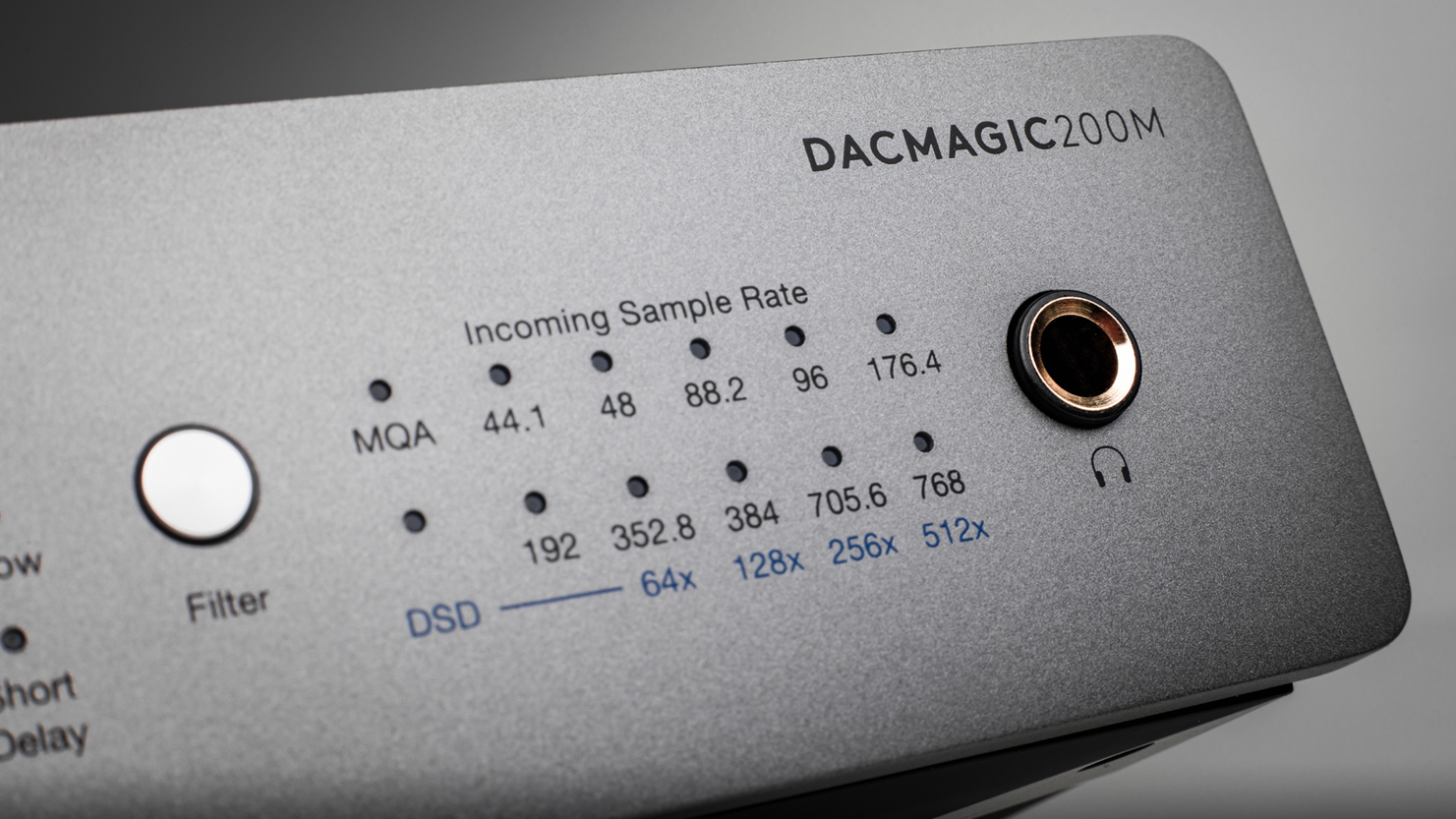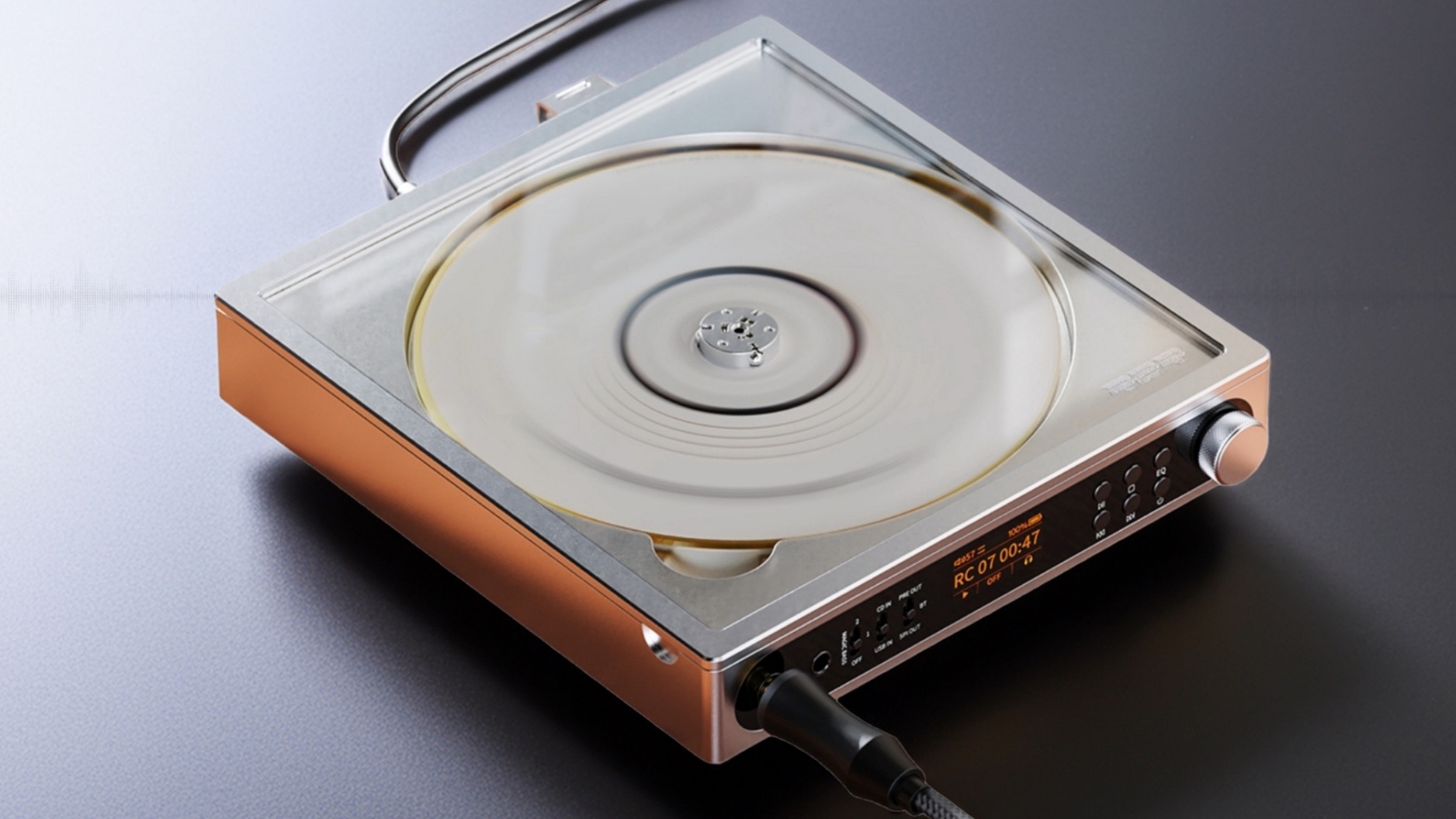The problem with hi-res audio is how you might be listening to it
Just because kit can play hi-res audio doesn’t mean it’ll do it justice

The hi-res audio state of play has never looked so positive. It wasn’t that long ago that we could spell out several problems with high-resolution audio, from its unclear definition and lack of mainstream awareness to its expensive and inaccessible nature.
Now, however, its definition is widely accepted to be ‘higher than CD quality’ (CD quality being tied to definitions of ‘lossless’), with it predominantly available in 24-bit form. The term ‘hi-res’ is now being bandied about by some of the biggest tech companies in the world. And music streaming services Apple Music and Amazon Music are offering playback of hundreds of thousands of albums in varying hi-res quality for the basic monthly fee, with the availability of hi-res no longer limited to the odd niche, higher-priced service or websites offering not insignificantly-priced music downloads.
While some hi-fi hardware was primed for hi-res even before the music really took off (thanks to the futureproofed specification of the DACs inside them), now more and more audio kit supports hi-res as standard, too. Heck, your iPhone can now too.
And yet there’s still a problem with hi-res, and it concerns hardware.
- High-resolution audio: everything you need to know
The gaping hole in hardware compatibility
The way in which the world predominantly consumes music these days – through Bluetooth headphones – is incompatible with hi-res audio. Wireless headphones used as such are all out because of the current limitations around Bluetooth, and the fact that the ceiling of Bluetooth transmission quality rules out wireless headphones supporting lossless, let alone hi-res, audio is perhaps the biggest hurdle high-quality music consumption is yet to clear. Wireless headphones performance has certainly improved due to general hardware improvements and advancing Bluetooth codecs getting further away from ‘lossy’ transmission (thank you, Sony LDAC and Qualcomm aptX HD), but hi-res audio and Bluetooth still don’t exactly see eye to eye. Push that ceiling higher to truly lossless 24-bit, or find an alternative way to wirelessly transmit higher-quality music on the go (as Apple might well be doing), and the hi-res world opens up exponentially.
Even if you’re wired all the way, there are still some incompatibilities to be aware of that could catch you out. With music streaming services, which is most likely how hi-res audio will reach the masses, there are currently a number of ways in which hi-res streams are packaged and offered to the consumer that can lead to a bit of confusion. For example, Amazon Music uses the FLAC format, Apple Music uses its own ALAC one, and Tidal uses MQA technology. While FLAC is open and therefore widely natively supported by devices (save Apple ones), Apple and ALAC are restricted to use with Apple creations, while MQA technology requires specific MQA-licensed product compatibility for optimal playback. Wouldn’t it just be easier if everything played nice, eh? For now, it’s something to think about when choosing your path to hi-res heaven.
Not all compatible kit does hi-res justice
Not every bit of audio kit supports hi-res audio, and that does include some of the most popular consumer electronics products in the world. Importantly, Sonos has now hopped aboard after infamous abstinence, with its support currently spanning Qobuz, Amazon Music and most of its hardware. And Apple’s HomePod Mini is another recent adopter. But the Amazon Echos (save for the flagship Echo Studio) aren’t ready for the ride, and technically neither are the Apple AirPods Max in wired listening mode (which works only by re-digitising audio signals).
The latest hi-fi, home cinema and tech news, reviews, buying advice and deals, direct to your inbox.
That we can’t name loads more incompatible products shows just how much the audio industry now backs hi-res, though. But – sorry – there is a problem in that blessing: a lot of hi-res-supporting kit is, from a hardware point of view, simply not good enough to truly take advantage of it. Just because something can play hi-res audio and might wear a badge to say as much doesn’t mean it’s qualified to do it justice.
We’ve seen this snag with Dolby Atmos, with some, let’s say cheaper, products certified and branded as Dolby Atmos compatible that offer a very diluted experience of what the technology can offer. We had similar reservations when the first (and for a while, only non-phone) device compatible with Sony 360 Reality Audio was the Amazon Echo Studio. Amazon has a fantastic portfolio of smart speakers in the Echo that offers features and value in spades, but is a modestly sized wireless speaker with 5cm drivers really the best advert to show off the sonic potential of such a technology?
We’re all for consumers warming up to the better audio quality now available to them – it’s great news throughout the music chain, from artist to consumer – but inherently you need equipment transparent enough to allow you to enjoy the step up in quality and – to use the familiar phrase – hear the differences. Listening to a hi-res Tidal Master through even the best-reviewed £30 wired headphones, or an Apple Hi-Res Lossless file through a HomePod Mini, is a bit like watching a 4K Blu-ray on a 32-inch telly, or listening to £10k’s worth of source and amp equipment through a pair of budget speakers, or – worse – tasting a four-figure bottle of wine via a bolognese sauce. It’s inharmonious and a bit of a waste. It’ll be hard to distinguish between the hi-res stream and the technically much more basic 320kbps stream that way, and even if you can hear a difference, you won’t be taking advantage of the level of quality on offer. Similarly, while almost every budget of hi-fi streamer includes hi-res support to some degree, one around the few-hundred-pounds mark would not justify playing hi-res over CD-quality music.
These are extreme examples and easier cases to make, of course, but you get the picture. We’re not trying to put curious people off getting into hi-res or even lossless quality; we’re trying to encourage those interested in it to invest in decent gear that will make the transition worthwhile.
But thankfully, lots do...
Speaking of decent gear, thankfully it’s not hard to come by these days, nor does it require organ donation to buy (although as you’ve no doubt seen coming, reaping the benefits of hi-res quality does mean parting with considerably more money than is asked of you by a pair of EarPods or Amazon Echo Dot). You don’t have to break the bank exactly, but we are talking a minimum pairing of something in the realm of the Chord Mojo DAC and Austrian Audio Hi-X55/Grado SR325x headphones for a desktop solution to warrant journeying into hi-res. In a speaker-fronted system, that minimum is more like well-reviewed hi-fi components around a grand.
It might be tempting to scrimp on playback devices when music is so accessible, but in the words of George Michael, if you're gonna do it, do it right.
MORE:
Hi-res music streaming services compared: which should you sign up for?

Becky is a hi-fi, AV and technology journalist, formerly the Managing Editor at What Hi-Fi? and Editor of Australian Hi-Fi and Audio Esoterica magazines. With over twelve years of journalism experience in the hi-fi industry, she has reviewed all manner of audio gear, from budget amplifiers to high-end speakers, and particularly specialises in headphones and head-fi devices.
In her spare time, Becky can often be found running, watching Liverpool FC and horror movies, and hunting for gluten-free cake.
